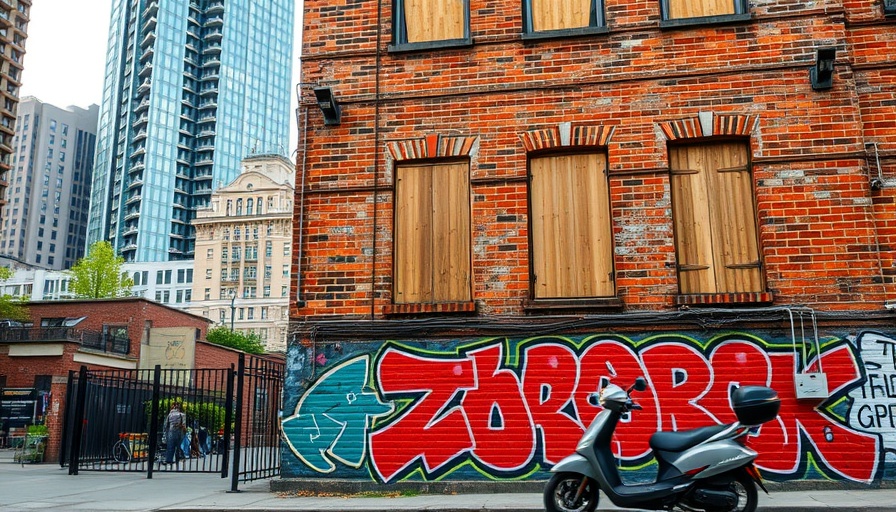
Reimagining North Beach: A Potential Solution to the Housing Crisis
The Verdi Building at 659 Union St. in North Beach has long stood as a glaring reminder of the city's struggle with urban decay and housing shortages. After being ravaged by two fires, it has become more than just an eyesore; it embodies the complex dynamics of local real estate, community sentiment, and government regulations. Now, thanks to a combination of legislative reforms and fervent advocacy, this prime location could finally see a much-needed transformation.
Historic Challenges: Balancing Preservation and Progress
When Jeff Jurow purchased the Verdi Building, many expected swift redevelopment due to its valuable location across from Washington Square Park. Instead, the site has languished in neglect, primarily due to strict zoning laws, rising construction costs, and the challenges posed by local NIMBY (Not In My Back Yard) sentiments. As Jurow put it, redeveloping the site felt like going through a "bureaucratic root canal." A new proposal aims to reimagine the property by creating an eight-story building with 89 units of housing and retail space while attempting to satisfy state legislation designed to streamline the building process.
The Push for Affordable Housing: New Legislative Hope
Enacted in 2019, Senate Bill 330 facilitates housing development by limiting local government from imposing new restrictions after a proposal has been submitted. This law is pivotal in Jurow’s approach, allowing his team to bypass months of administrative delays concerning historic preservation debates that could further stall progress. The proposal additionally includes plans to set aside 15 units for individuals earning between 50% and 120% of the area’s median income, addressing the pressing need for affordable housing in a city grappling with skyrocketing rents.
Community Concerns: Local versus Wider Needs
While it is undeniable that affordable housing is vital, local opposition poses a significant barrier to development. Preservationists advocate for keeping North Beach’s historic charm intact, arguing that unchecked development undermines the neighborhood's character. Critics of these movements suggest that such preservation efforts often mask a deeper resistance to change, complicating the housing crisis that affects not only San Francisco but many metropolitan areas across the country. As Katherine Levine Einstein, a political science professor, highlighted, the politics surrounding housing are less partisan and more locally polarized, requiring a delicate balance between community interests and the need for growth.
The Future of North Beach: Reimagining Spaces
Concurrent to Jurow’s proposals, the debate over North Beach's historic status continues. A preservationist group's attempts to designate parts of the neighborhood as a historic district has been delayed, thus leaving room for development in the meantime. Proponents of this designation argue that local history must be preserved, a point echoed by community members who cherish the area's cultural integrity. Still, economic realities push back against such sentiment, with many feeling the need for housing outweighs the desire to protect every building’s original form.
What Lies Ahead: Community Engagement and Government Action
As the decision-making process unfolds, community engagement becomes paramount. The mixed feelings about historic designations reveal a broader societal conflict: while many support the idea of affordable housing, their support often falters when the same housing is proposed in their neighborhoods. Advocates like Jurow rely on community backing, emphasizing that a collaboration with local officials and residents can pave the way for a new era in North Beach.
A Call to Action: Shaping Our Neighborhoods Together
As discussions surrounding the Verdi Building and North Beach’s housing landscape continue, it is crucial for residents to share their voices and opinions on development. Engaging in community forums, city council meetings, and even informal discussions with neighbors can influence future decisions significantly. Developing affordable housing need not be at odds with preserving community character. Rather, it presents an opportunity for growth that benefits everyone involved. It is time for North Beach to decide: will it embrace the changes ahead or remain mired in the past?
 Add Row
Add Row  Add
Add 




Write A Comment